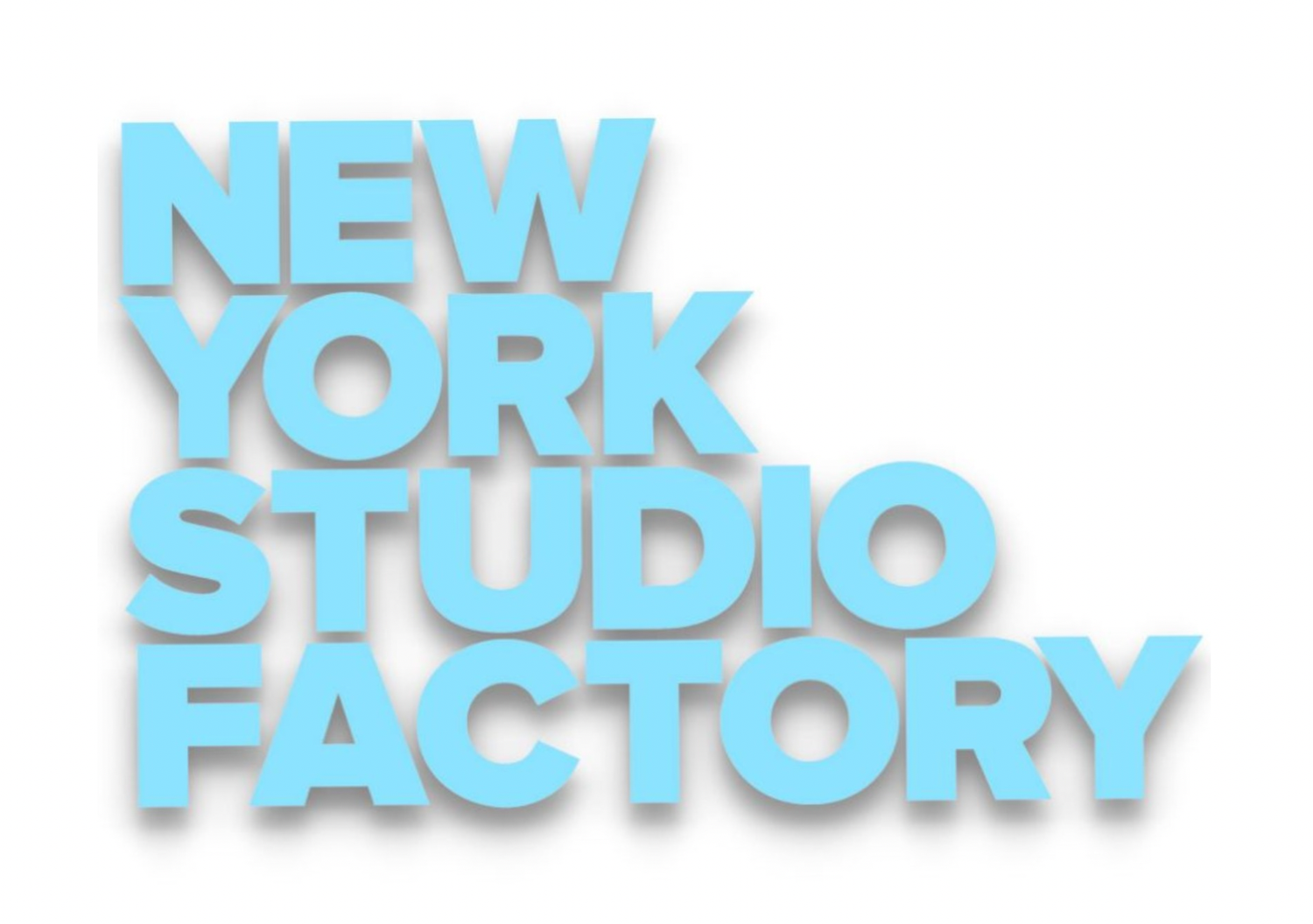Member Profile Series: Frederick Trevino
/When I first met Fred, he introduced himself as a colorist, and my immediate thought was, "Wow! Maybe he can help me finally achieve the perfect shade of blonde!" As it turns out, Fred doesn't do hair...though if I were to star in a feature film (which I think should be happening any day now), Fred could get me just the right shade of blonde...digitally and sitting in the dark in his office at 2 St. Nicholas Avenue.
To me, Fred's career is the perfect combination of technical artistry and storytelling. Color grading is an essential aspect of almost every film, commercial, or music video. Colorists work with directors to advance a plot and tell a story in the most convincing and artistically pleasing way possible. Fred was gracious enough to walk me through his process and frankly, I'll never watch a movie in quite the same way.
F: Everything in my office was specially calibrated so that I'd have no color bias while viewing a film.
M: But how do you know whether the color you are viewing or changing is correct? Is it totally subjective?
F: That’s a good question. There are cinema standards! Every camera has a certain color range, which is the color spectrum that it can shoot. So there are broadcast standards of what the brightest white can be or what the darkest black can be. But, it is actually a subjective thing because everyone sees color differently. If you said, “Hey, I have this scene that I shot on the beach and I want it to be warm and happy and friendly,” then my interpretation of that could be drastically different than yours. And what's more, this interpretation of color is different across cultures. What you think is warm and bright and sunny, another culture could consider quite differently.
M: How interesting! I've never considered how different cultures experience color. Is everyone using a colorist?
F: Yes! 99% of directors are using colorists. It's a vital part of production just like editing or sound. Yet when I tell people that I'm a color grader, most have no idea what I do. Not many people know that this career exists because it's still a relatively new field. Before 2005, if you had color grading in a film, its because you were George Lucas! Now you can download free software and work from home and film makers are shooting with color correction in mind.
M: How long does a color grading project generally take?
F: A short film usually takes me between one to three days while a feature length film can take me anywhere from a week to three weeks. Music videos are often the most time-consuming projects because they so often involve multiple settings and wardrobe changes. My busiest seasons are during film festivals and fashion weeks like Sundance, South by Southwest, and Cannes.
M: How did you get into this field and what do you love about it?
F: I went to school for film and spent a few years working on sets. I've always been very interested in images and photography and when color grading software was bought by Apple in the early 2000s, it became incredibly affordable! I started slowly learning the profession by volunteering to do the projects and within a year I was able to quit shooting and editing and start my own color grading shop, Beambox Studios. I've been doing this for about nine years now, and what I love most is the storytelling aspect. Color grading is essentially photoshop for films, but it's also meant to accentuate a story and tell that story in a more convincing way.
Once you know about color grading, you'll begin to notice that everything looks unnatural but fits the story. Oh Brother, Where Art Thou? was the first feature film to use color grading and if you re-watch it, you'll notice that the whole film is sepia-toned and completely unnatural, but it advances the plot!
M: Why did you chose to set up Beambox Studios at NY Studio Factory?
F: I feel like I grew up in New York. I graduated college and moved here right away. I’ve been in New York for my entire adult life! When I moved back to Austin last year, I thought I was moving back “home,” but as soon as I got there, I realized, “No, New York is my home.” And now that I’m back, I can say with confidence: "Yep! This is my home!" As for Bushwick, I've been here since it was just a nice, Puerto Rican neighborhood with one coffee shop, the Wycoff Starr! It's changed a lot and I love seeing the graffiti and the new restaurants and bars, though I'm not sure how I feel about all the tourists that have been popping up this year.
NY Studio Factory was a natural fit. Unlike other work spaces I've been in, there's a face to your business. Your team is present and visible, and I feel connected to a greater community of creatives.
Mallory Brand is the Studio Manager at NY Studio Factory.






